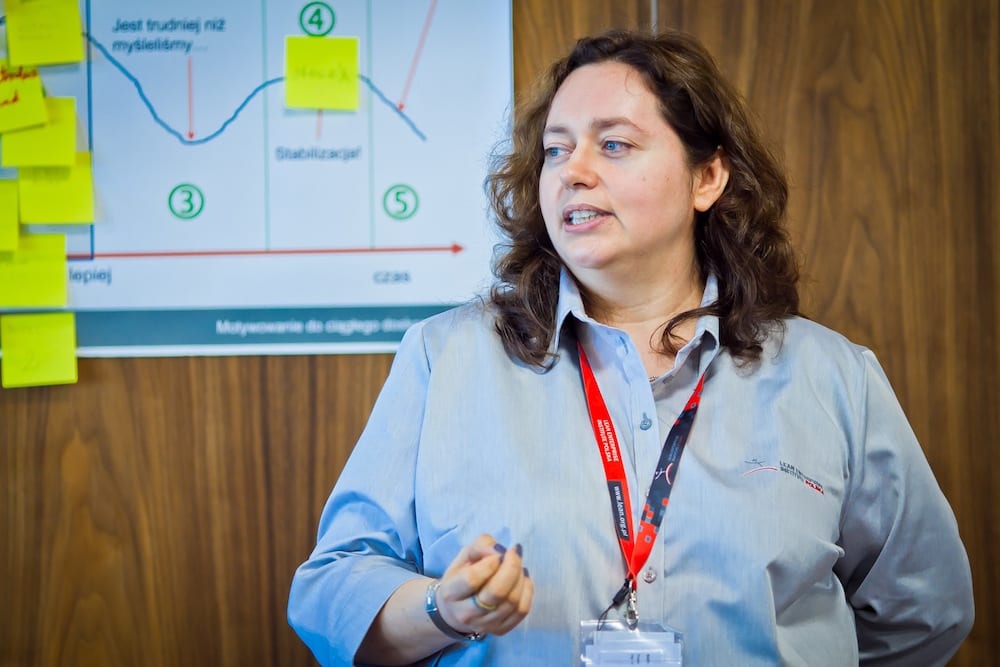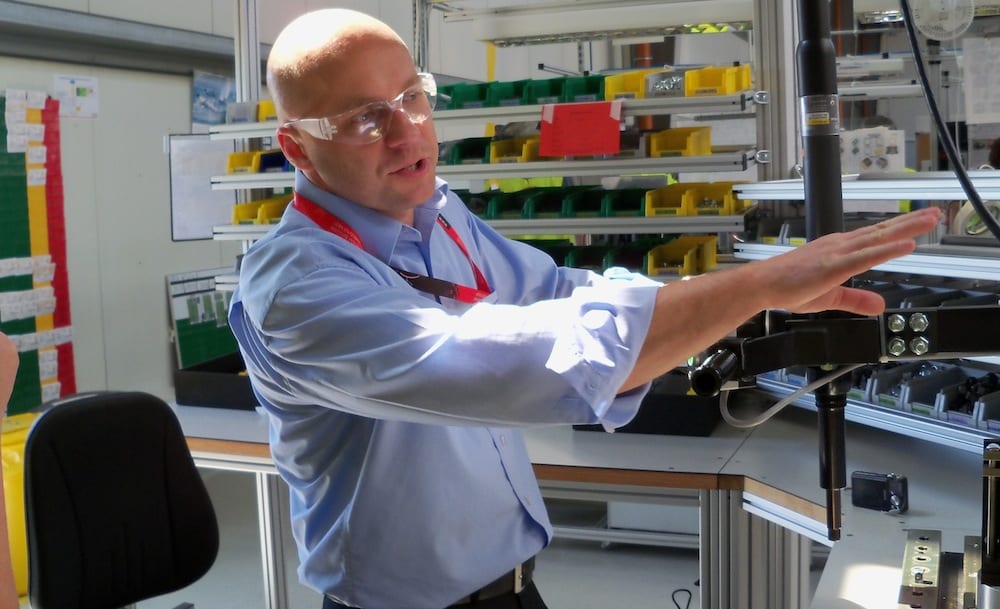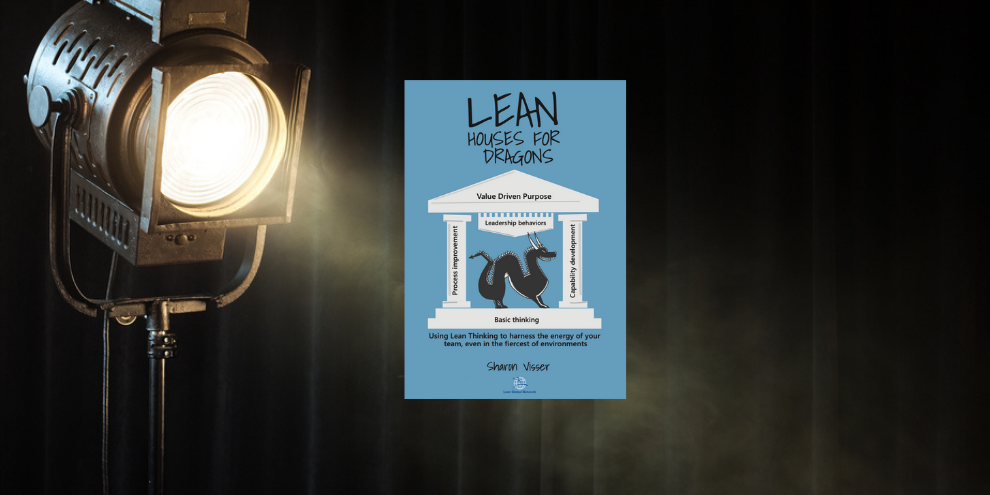
The danger of driving too much change too fast
FEATURE - In this new series, our Polish colleagues draw on their experience with customers and discuss the most common mistakes people make in their lean implementations.
Words: Malgorzata Jakubik and Robert Kagan, Lean Enterprise Institute Poland
TOO MUCH, TOO SOON
- WHEN THE DEMON OF SPEED DEVOURS RESULTS -
As no true lean person should walk by waste and ignore a chance for improvement, we felt the need to put together our reflections on things big and small that, while working with our customers, we have found to be common “speed bumps” or even show stoppers in a lean implementation. Whether systemic or tool-related, these obstacles have one thing in common: they tell our “war stories,” which we want to share with those on the road to lean, hoping they will warn them against frequent hazards others have struggled with.
We live in the world ruled by metrics and the drive for high efficiency. This is especially true for business leaders: either they are better and faster than others, or their organization might be the next to go under. No wonder when it comes to lean implementations our customers at LEI Polska are often compelled to demand super-fast results and cultural change. No matter what sort of transformation they are after and what sort of problems they are fighting with (shorter lead times, better quality or lower cost, just to name a few), change in their company is supposed to happen in an instant. It took months or years for other people, you say? It doesn’t matter - they will focus, do more, and do it faster.
There is nothing wrong with a drive for speed. Acting fast is often necessary. However, the key is in how you manage the pace and plan to employ your resources. One of the companies we worked with almost fell flat on their face trying to do too much too soon.
True – they were in trouble. True – almost everywhere we looked there was something that needed to be fixed, improved or corrected. Unfortunately, it was also true that resources were scarce and only so much could have been done effectively at a time.
Commissioned by an overenthusiastic and optimistic leader, we launched in an all-encompassing lean implementation campaign that covered most of the plant. Problems were attacked using all available tools; people were trained in new skills; action plans sprang to live everywhere; ambitious deadlines were set. The effects did not take long to follow, but they were quite the opposite of the ones the leaders of the organization expected: first of all, the people selected to be involved in the change (yes, not all were!) quickly found themselves torn between their regular current duties and the “lean revolution.” They were swamped with tasks to complete and frustrated with their inability to fulfill their lean commitments. Then and only then did the organization stop to reflect and re-prioritize, after the unwise decision to speed things up and widen the scope of the implementation had been made.
How to do it more wisely, then?
Here are the key lessons we learned:
- Prioritize your goals and objectives. Target the areas that will provide a real breakthrough for the organization and where resources can be freed up the quickest to be employed elsewhere. Don’t ever say, “We need SMED here and 5S there. And why don’t we teach A3 to all our supervisors?” Even if your organization really needs these tools, they are surely needed for a business reason. Make sure you know which is the most pressing one and choose your priorities accordingly;
- Use test areas for practicing new solutions well. Accept that some of the methods applied there will work (and these you will spread into the whole organization), while some will fail – and these will teach you valuable lessons. Think twice before you tell your lean manager that he will be fired if a solution does not work! In other words, teach yourself and your people to practice small and frequent PDCAs. Experiments are a great way to assess resources!
A lean implementation is always about changing life-long organizational habits. Anyone who has ever tried to be successful in a marathon will tell you that in order to complete it you need well-planned practice, discipline, and a gradual approach. A marathon (not a sprint) is after all a metaphor for the sustainability of results we would like to achieve in our companies. There is a long list of what we would like to have ringing in our customers’ ears when we talk lean turn-around, but this one is definitely the key: don’t think that 20 year old bad habits in your organization will change in a day! Prioritize and plan for a lifetime of lean instead.
“Too-much-too-soon” is usually a recipe for a super-fast disaster.
THE AUTHORS


Read more


FEATURE – We tend to take the “goodness” of lean for granted, but – the author says – we should stop and think about what makes lean a good business practice. Why is it a way of thinking all businesses should adopt?


FEATURE – As her new book comes out, the author discusses how it is people who breathe life into an organization and how much a leader’s behavior can influence them.


CASE STUDY – An insurance company in São Paulo is experiencing a complete turnaround driven by a very capable Lean Office that understands its role is to gradually make people autonomous.


FEATURE – When the number of Covid-19 cases skyrocketed in the Italian region of Piedmont, this microbiology lab had to find a way to increase its capacity to process swab tests. Here’s how they did it.

